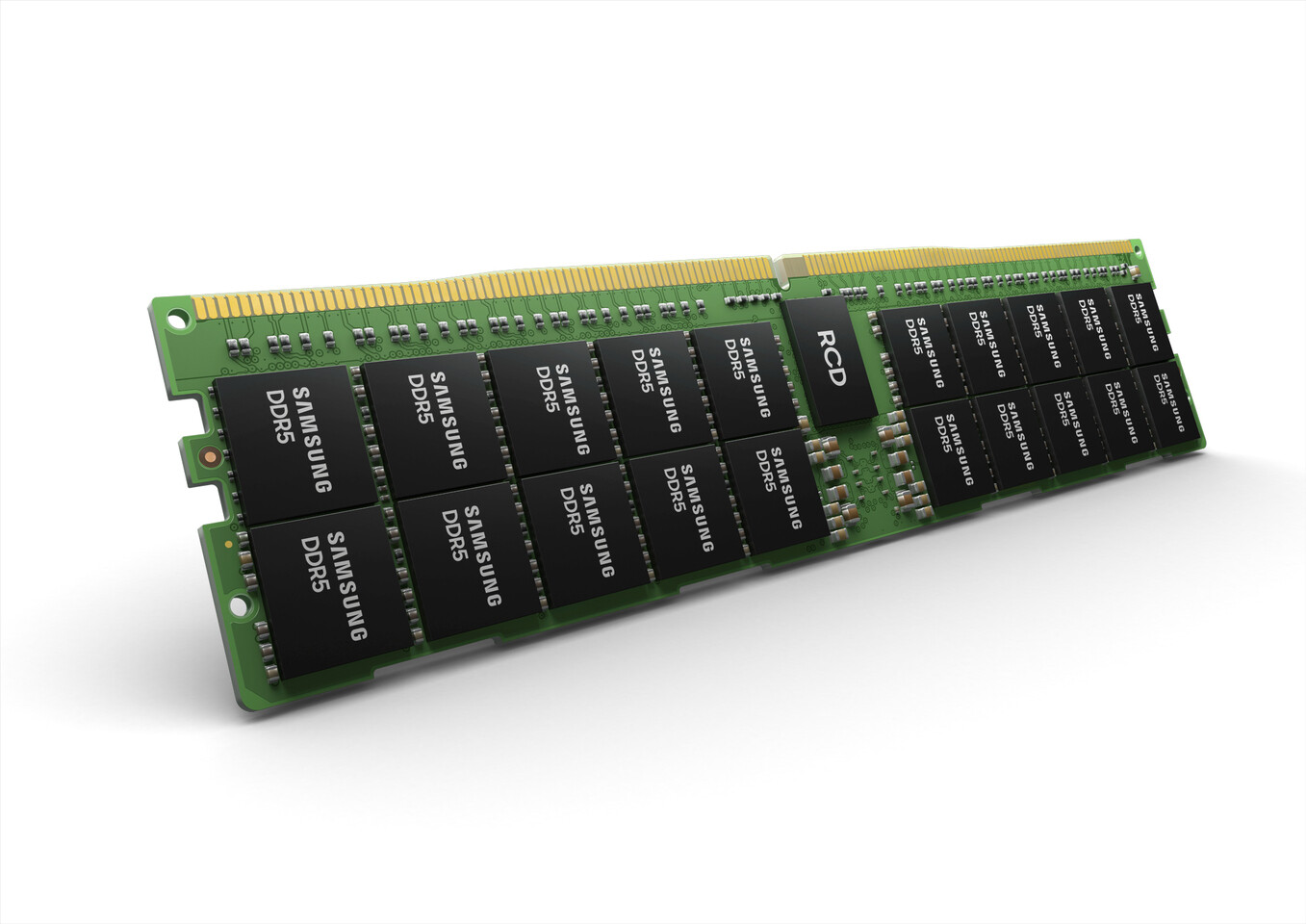Top part will be 8+8 cores, no avx512 or just 8 cores with avx512 turned on (will need a restart to select the mode).Any news about how many Cores will the top dog have? Frequencies? Wattage? Something to forget this mizerabile fiasco called 11th generation
Performance is likely slightly better than current tiger lakes in single threaded loads and a bit less performant than 12 core amd chip in multi threaded loads. In the rare case where avx512 is of any actual use, it will be pretty ok.





